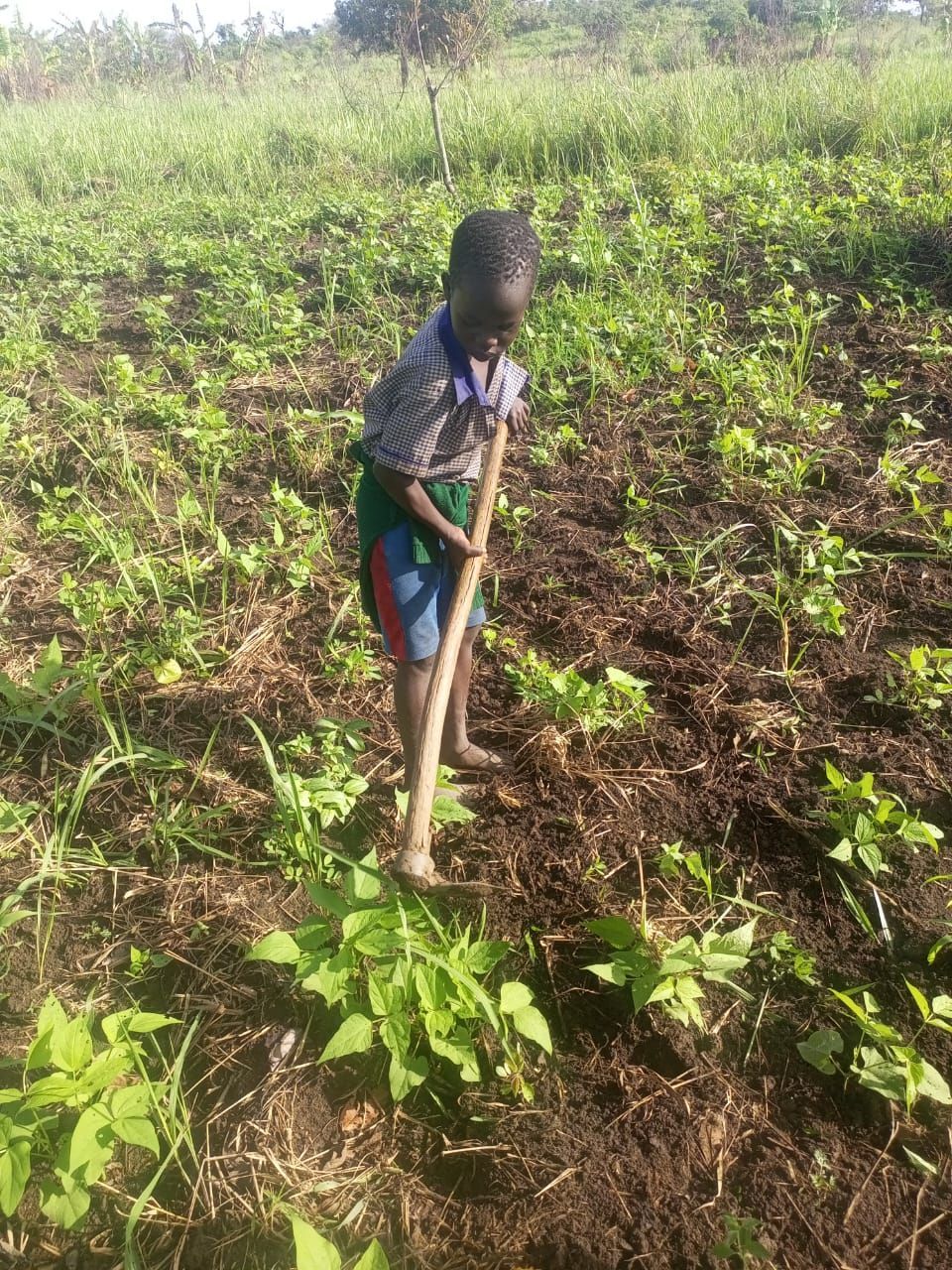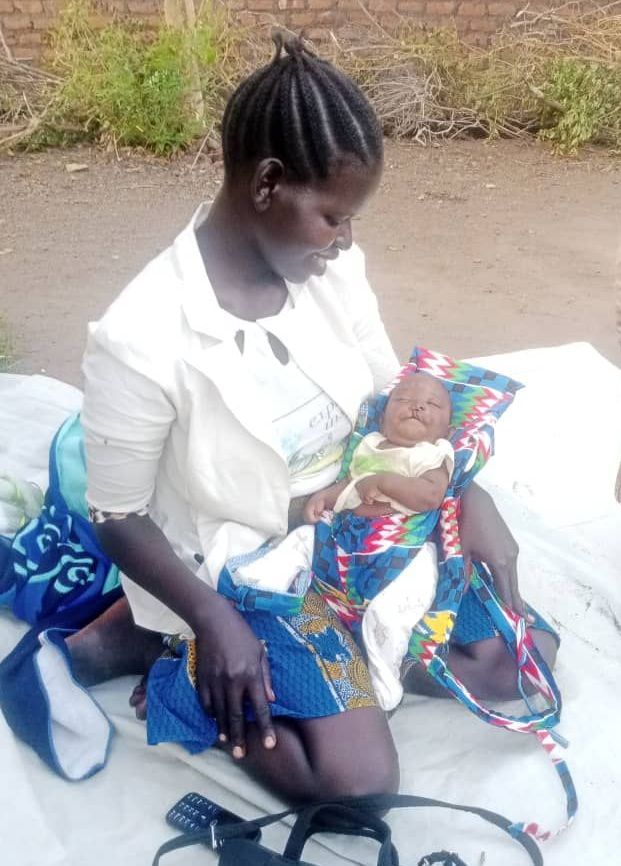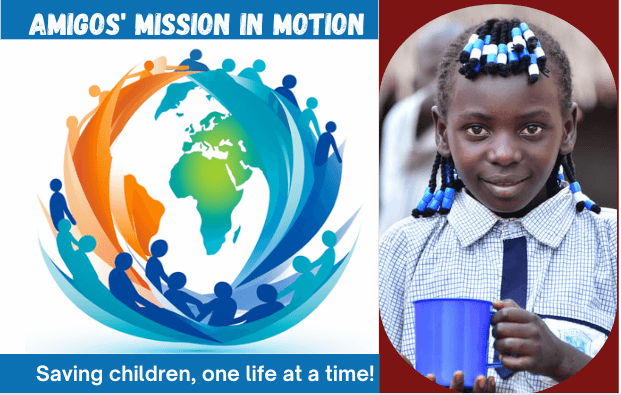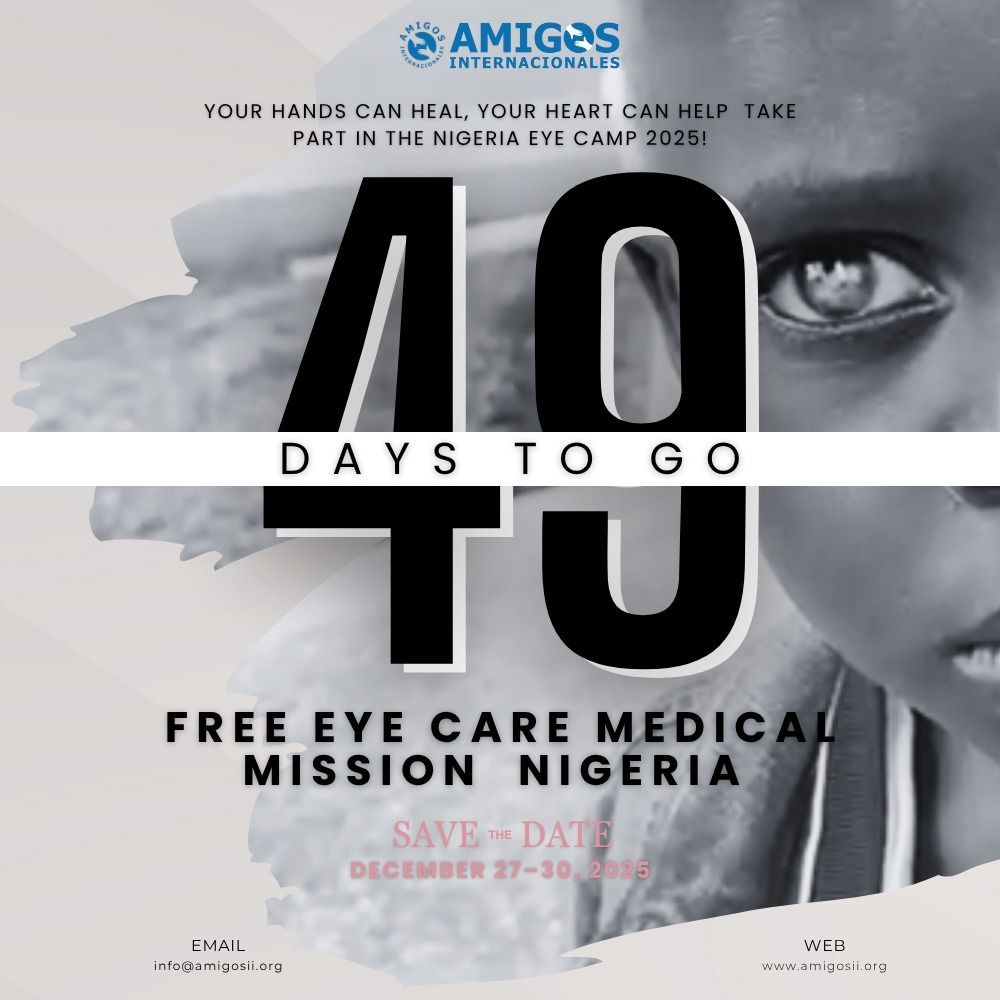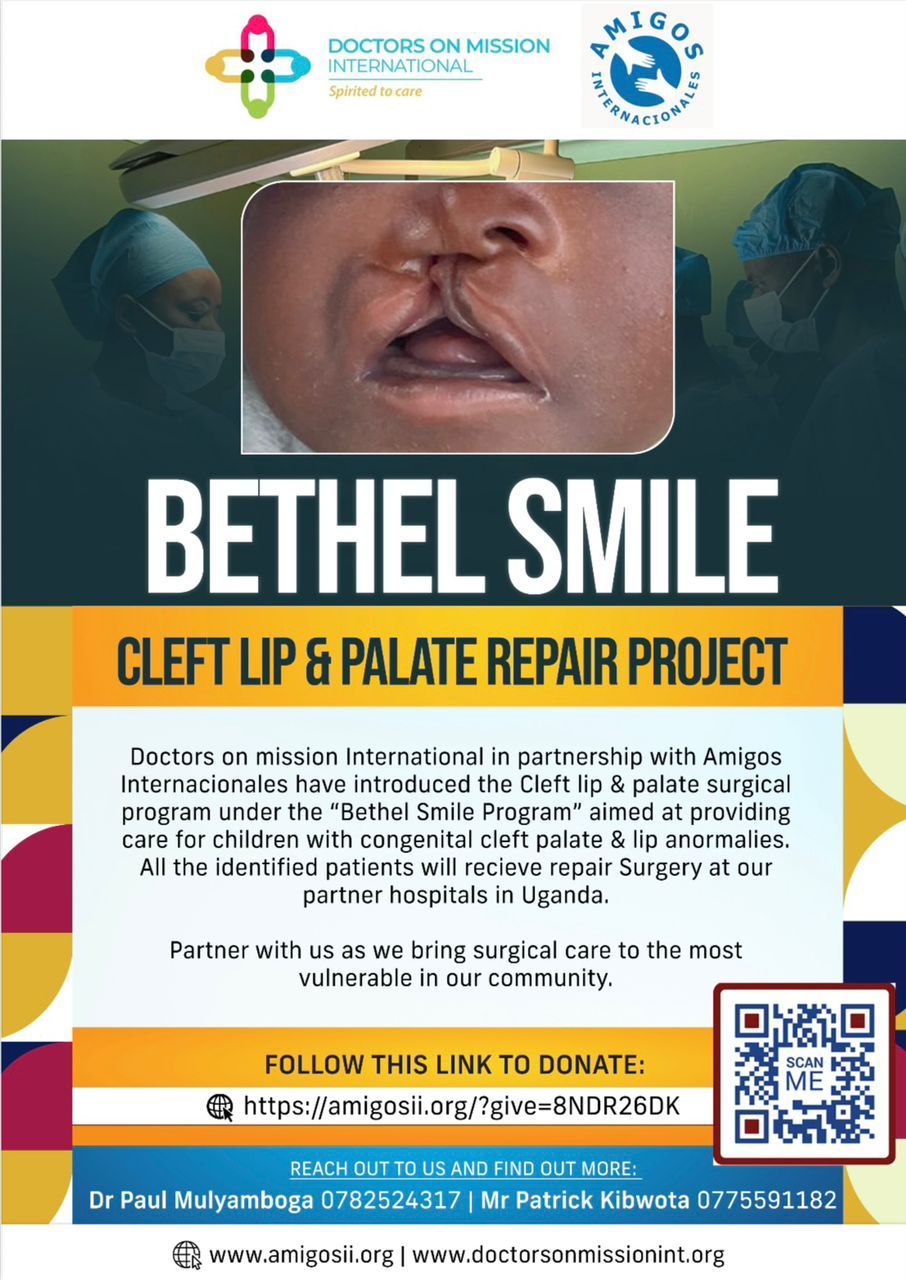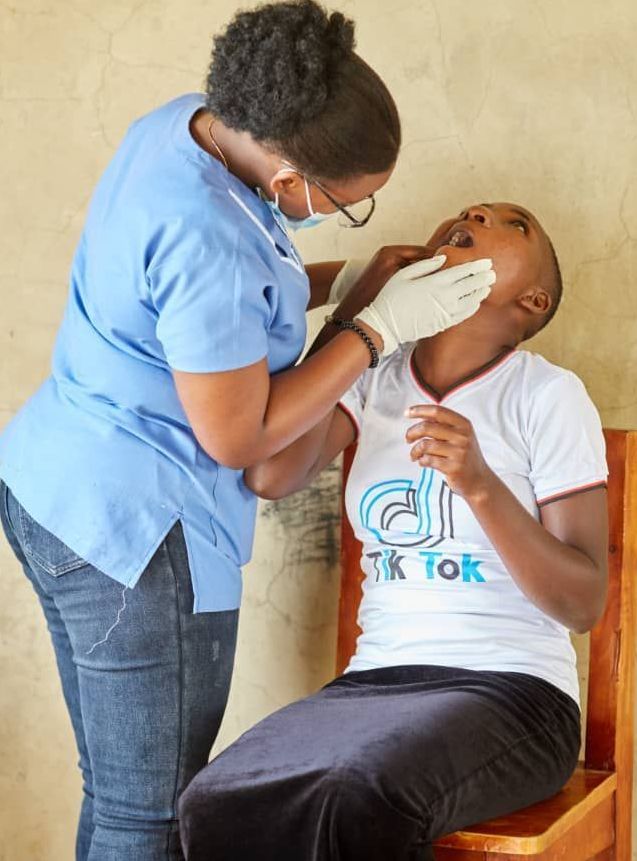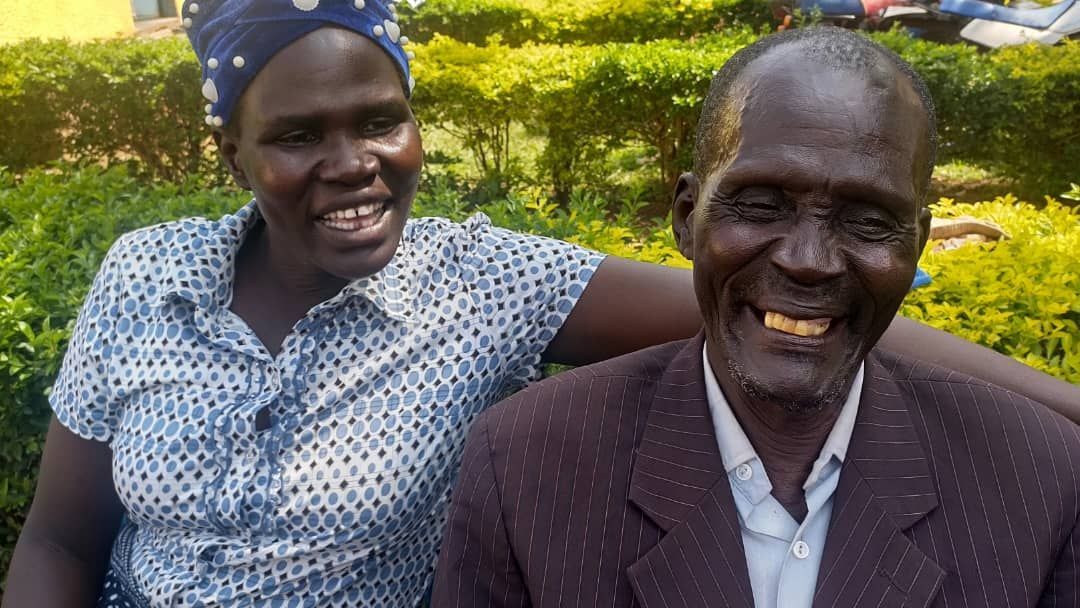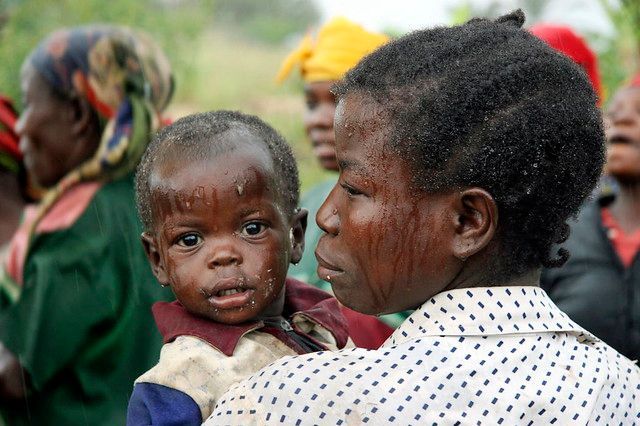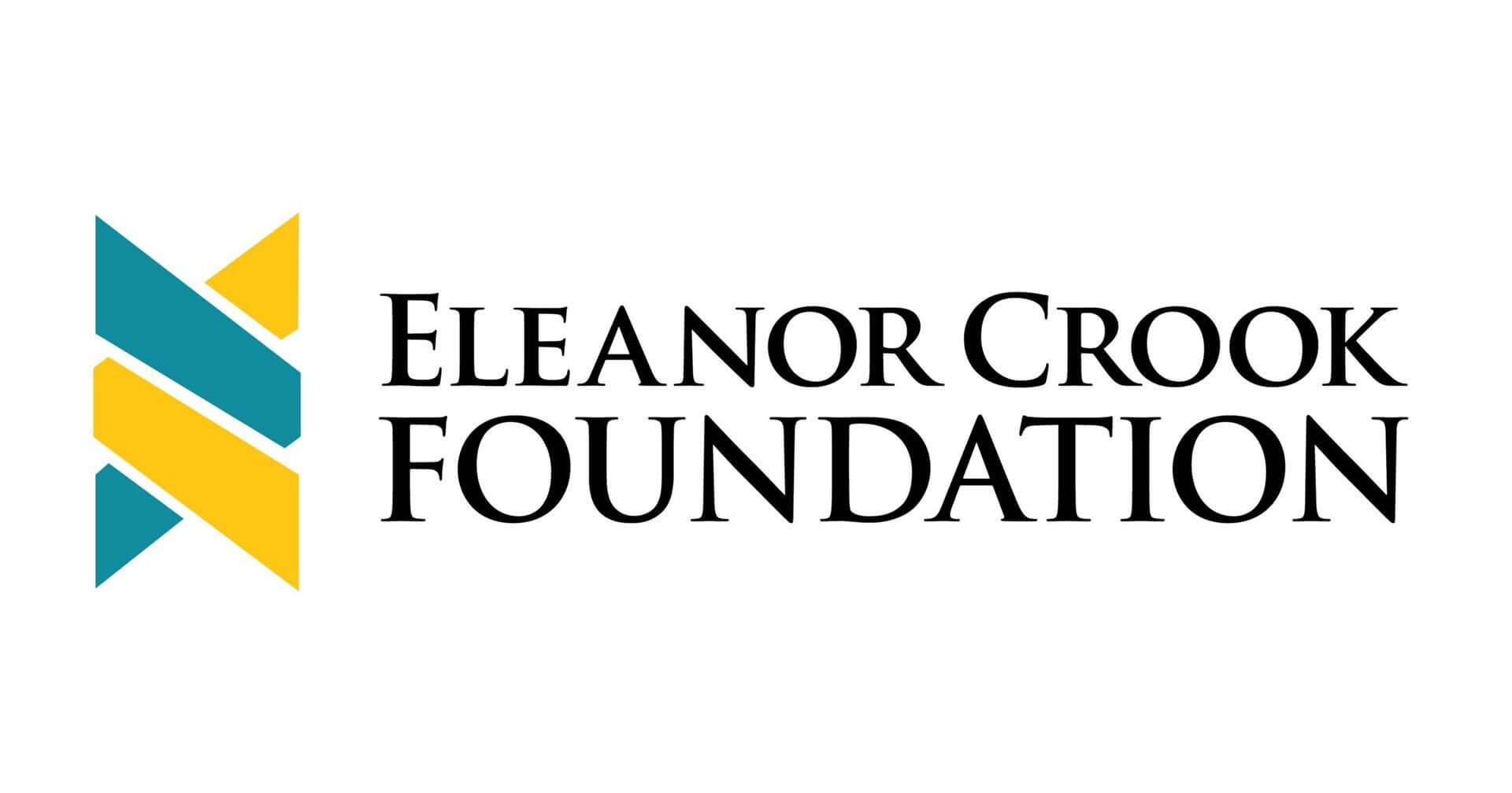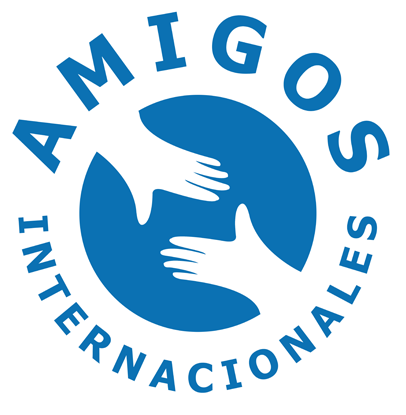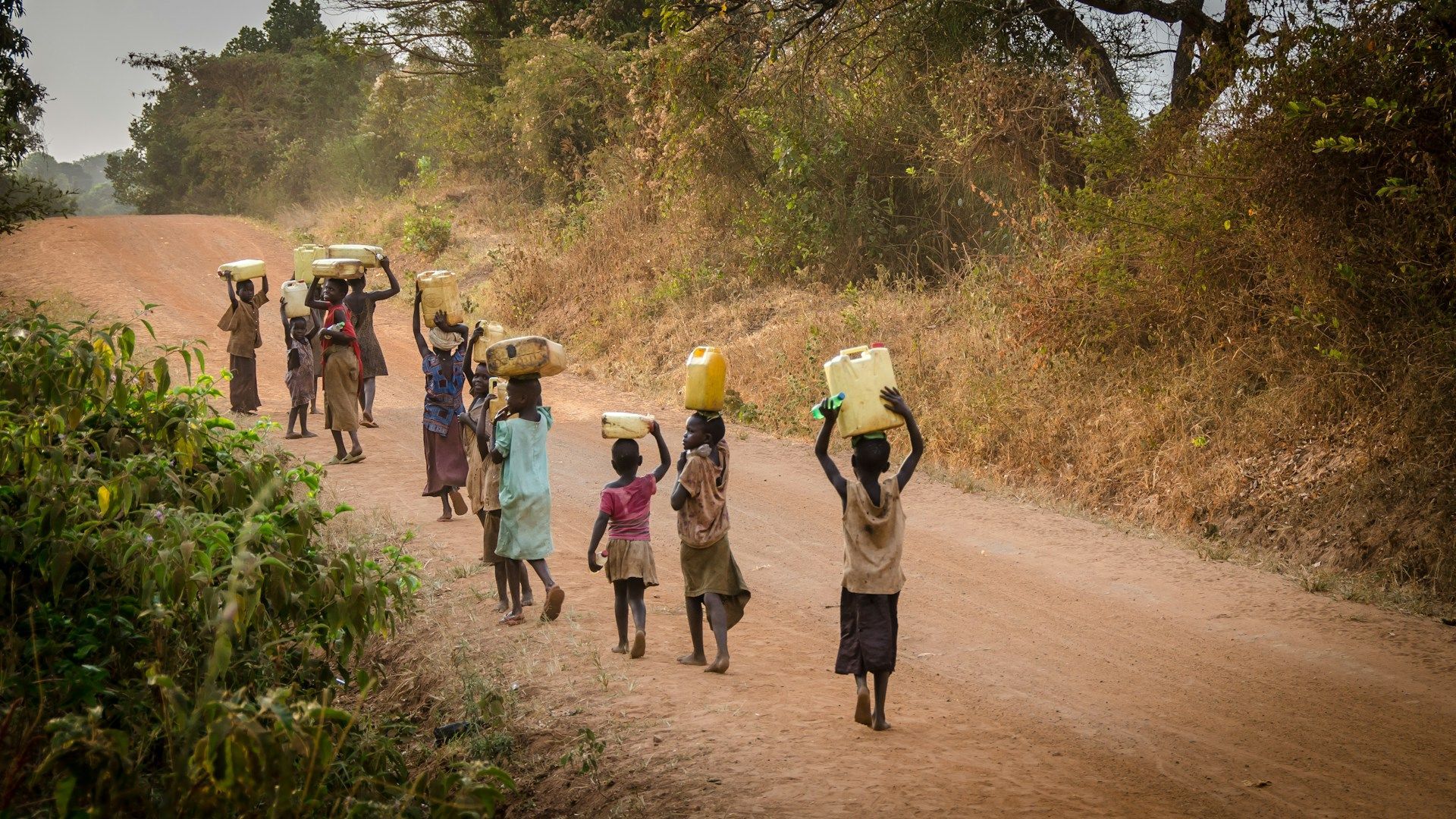
In South Sudan, clean water is a luxury millions cannot afford. For many, like young girls trekking miles to fetch murky water from contaminated streams, the daily quest for survival is fraught with danger and disease. Over 60% of South Sudan’s 13 million people lack access to safe drinking water, making it one of the world’s most severe water crises.
Amigos Internacionales, a nonprofit dedicated to transforming lives through food, medical aid, and education, is stepping into this crisis with hope and action. By addressing water scarcity alongside hunger and education, Amigos is helping communities break free from poverty’s grip. In this blog, we explore the causes, challenges, and hopeful solutions to South Sudan’s water crisis, with Amigos leading the way.
>> Related Post: Top 10 countries with the highest poverty rate in the world in 2025
The Scale of South Sudan’s Water Crisis
South Sudan’s water crisis is a humanitarian emergency. Only 41% of the population had access to clean drinking water in 2019, and this number has worsened due to ongoing conflicts and climate challenges. So many children under five die from diarrhea caused by contaminated water, a leading cause of death in the region. Women and girls spend hours daily fetching water, often from polluted sources like the Nile River or stagnant ponds, risking waterborne diseases like cholera and Guinea worm. This crisis not only threatens health but also deepens food insecurity, as 97% of the country’s water is used for agriculture, leaving just 2% for domestic use.
>> Related Post: Best Hunger Charities to Donate to in 2025
Root Causes of the Water Crisis
- Conflict and Infrastructure Damage: Decades of civil war, intensified since South Sudan’s independence in 2011, have destroyed water infrastructure. The 2013-2018 conflict left wells and pipelines deserted or demolished, with recovery hampered by ongoing instability.
- Climate Variability: Droughts and floods, worsened by climate change, disrupt water availability. In 2024, floods displaced a large percentage of the population, while droughts dried up farmland, impacting 80% of South Sudanese who rely on agriculture.
- Transboundary Water Stress: South Sudan shares the Nile River Basin with ten countries, creating competition and tension over limited resources. Unregulated use exacerbates scarcity.
- Underinvestment: Limited government resources and poor governance have stalled water system development, leaving rural areas with less access to improved water sources within a 30-minute walk.
>> Related Post:
Building Water Wells in Africa: Costs, Benefits, and Impact
Challenges Faced by Communities
The water crisis creates profound challenges for South Sudanese communities:
- Health Risks: Contaminated water sources spread diseases like cholera. Children are particularly vulnerable, with diarrhea killing thousands daily worldwide.
- Education Disruptions: Girls spend 4-8 hours daily fetching water, missing school, and contributing to high dropout rates. This limits their prospects and perpetuates poverty.
- Safety Concerns: Women and girls face risks of violence, including assault and abduction, while traveling to distant water points.
- Economic Strain: With 97% of water used for agriculture, shortages cripple farming, which employs 80% of the population. Families like Nima Elmassad’s in White Nile State see harvests drop by half, forcing reliance on external aid.
>> Related Post: Benefits of Donating to Charity
Amigos Internacionales: Bringing Hope to South Sudan
Amigos Internacionales is transforming lives in South Sudan by addressing the water crisis with its proven MissionPoint model, adapted from its success in Uganda. Amigos is now drilling clean water wells in South Sudan to combat disease and support agriculture.
In Uganda, Amigos has installed 10+ wells, and it’s replicating this in South Sudan, ensuring communities have safe water for drinking and farming. Programs like Karol’s Kitchen, which feeds students in schools like Open Hands Academy, are paired with sustainable agriculture training, providing seeds and tools to grow crops like maize and beans. This dual approach fights hunger while empowering families to become self-sufficient.
DONATE NOW
Conclusion
South Sudan’s water crisis is a daunting challenge, driven by conflict, climate change, and underinvestment, but hope is on the horizon. Amigos Internacionales is leading the charge, bringing clean water, food, and education to communities in need. By drilling wells, providing meals, and fostering sustainable agriculture, Amigos is breaking the cycle of poverty and disease. Join us in this mission, your donation can transform lives and build a brighter future for South Sudan.
FAQs
- How does a single well impact a community?
One well, costing around $15,000, can provide clean water to over 1,000 people, reducing disease and freeing time for education and work. - Can I volunteer with Amigos in South Sudan?
Yes, Amigos welcomes volunteers for well projects, meal distribution, and community outreach. - How do donations to Amigos ensure long-term change?
Donations fund sustainable wells, agricultural training, and education, empowering communities to thrive independently, as seen in Amigos’ Uganda programs. - How can I advocate for South Sudan’s water crisis?
Raise awareness by sharing Amigos’ mission on social media or hosting fundraisers.
Categories



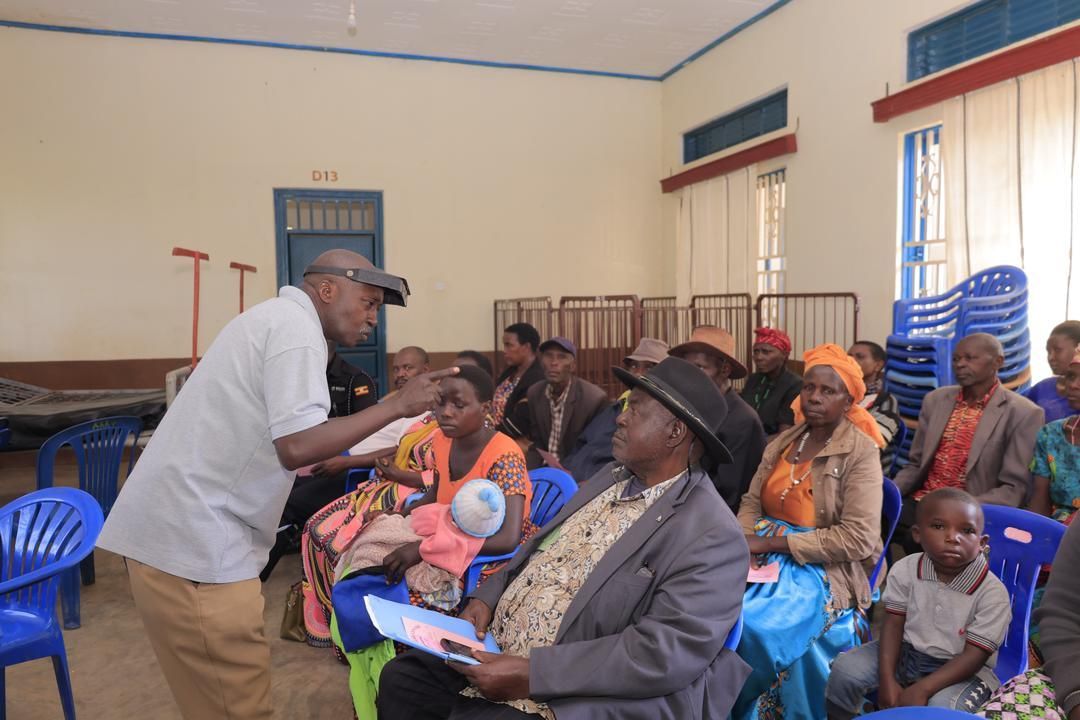
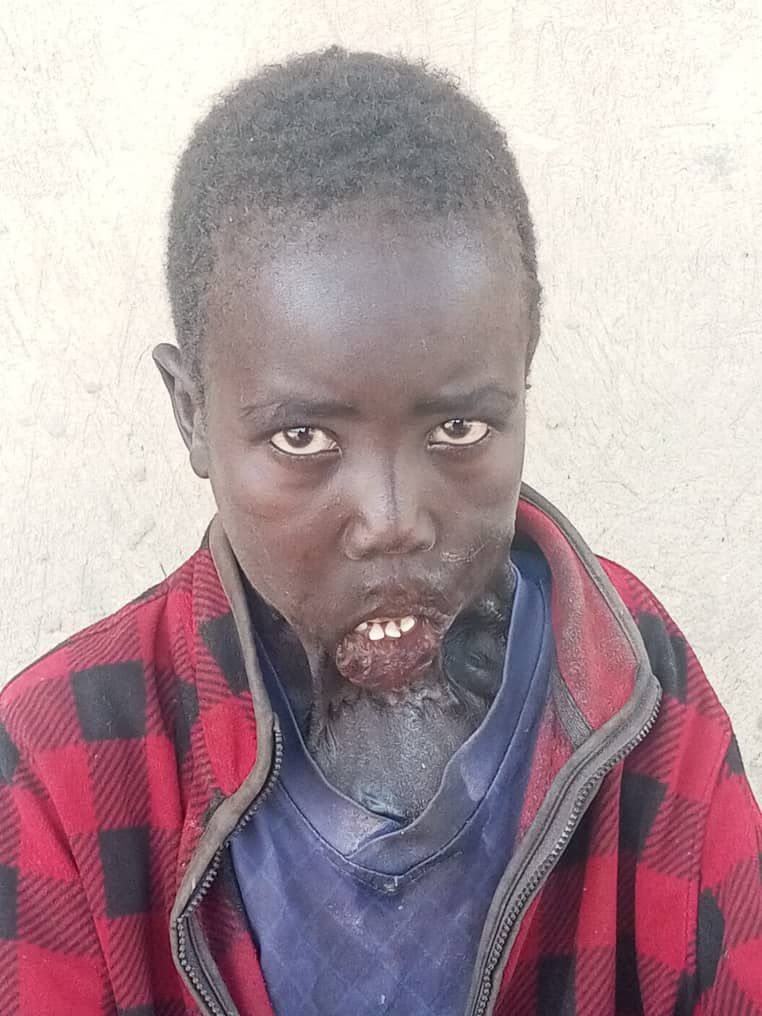

Social Media






